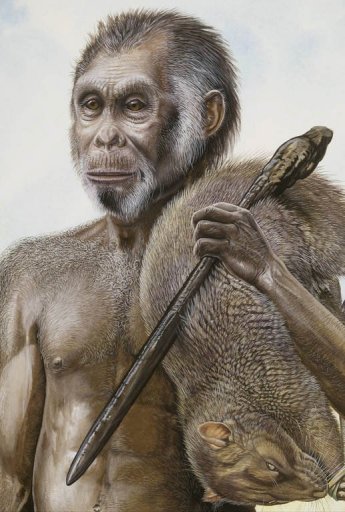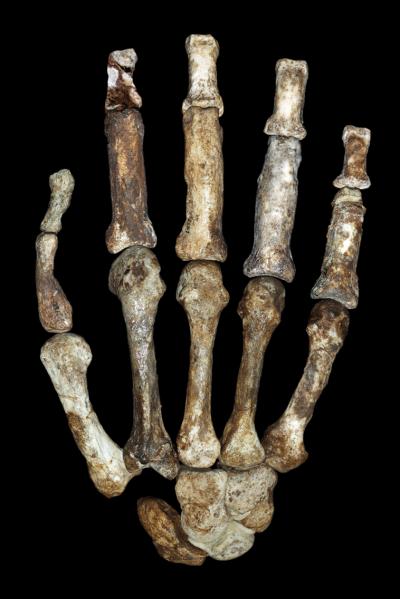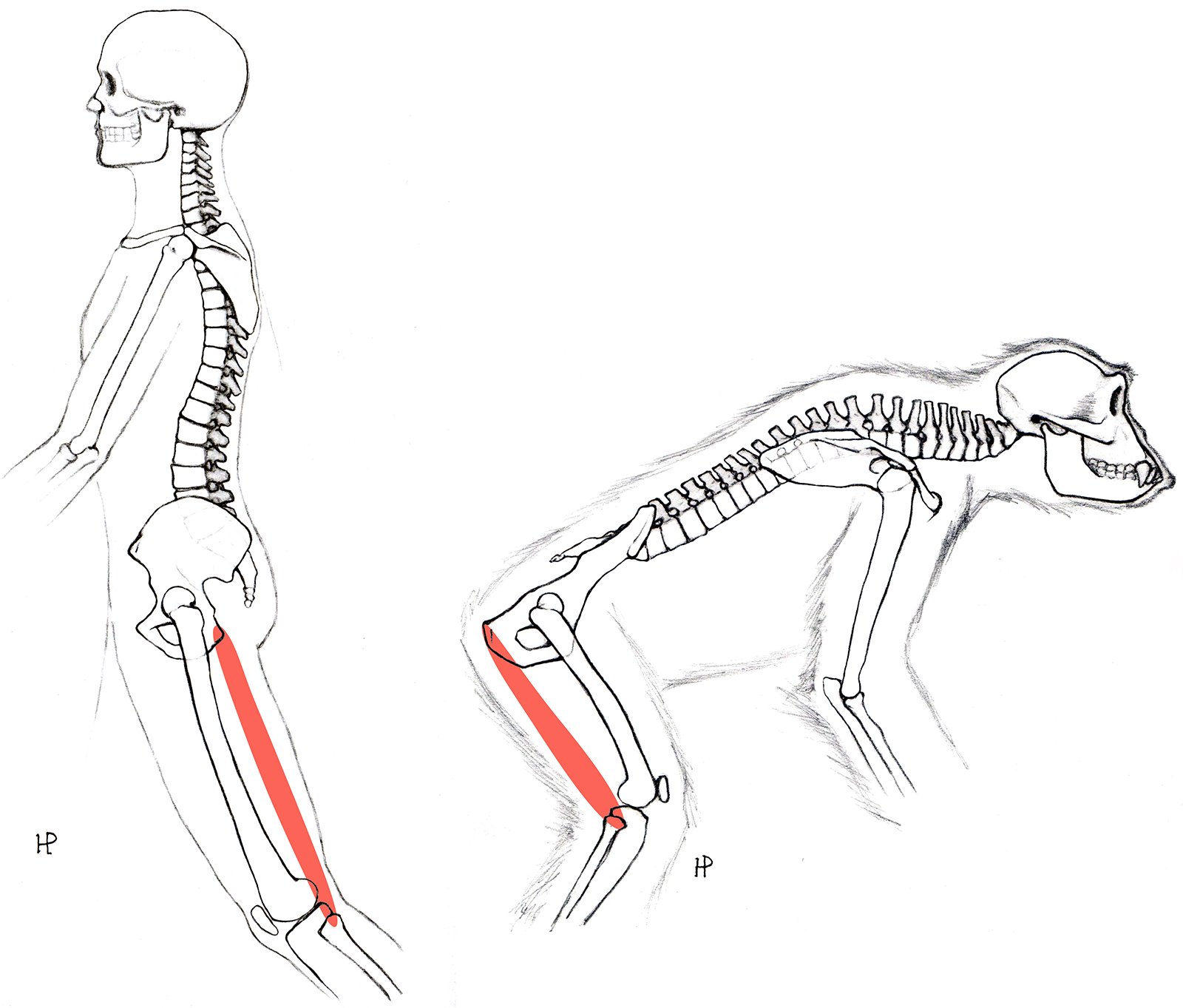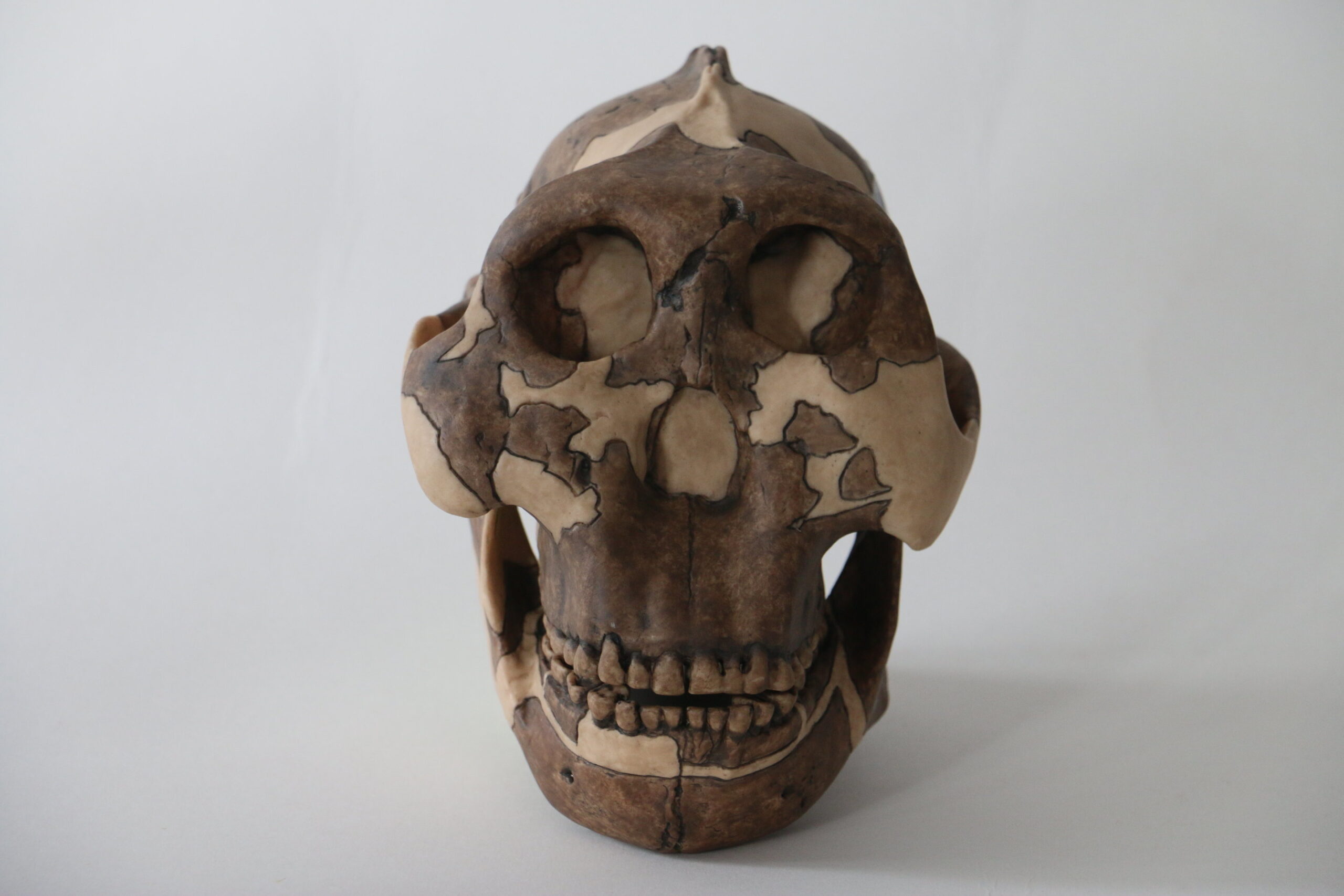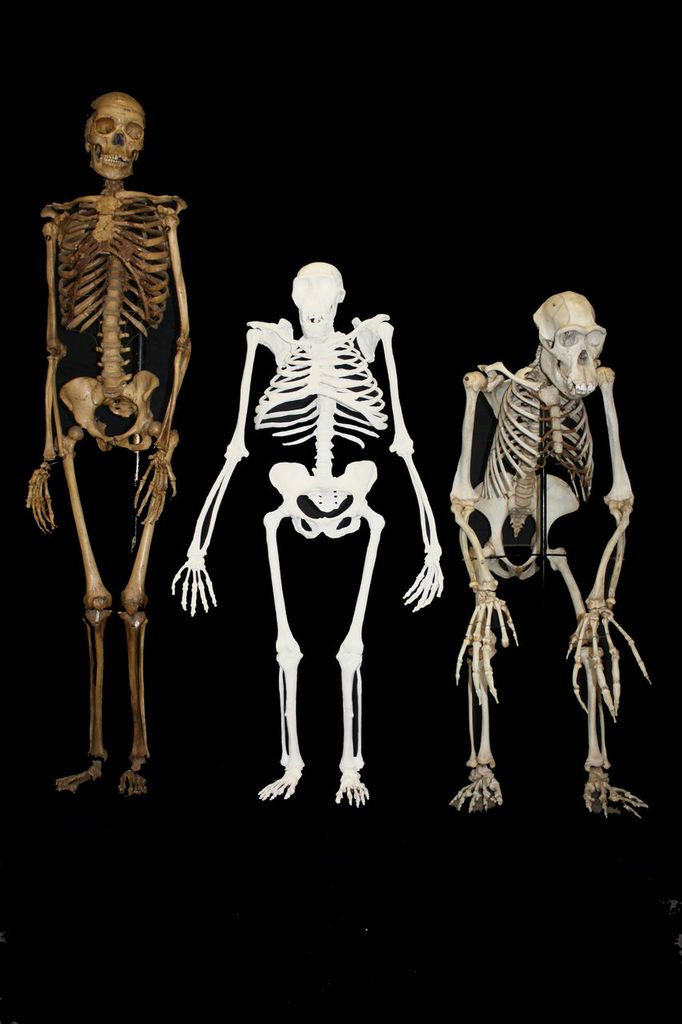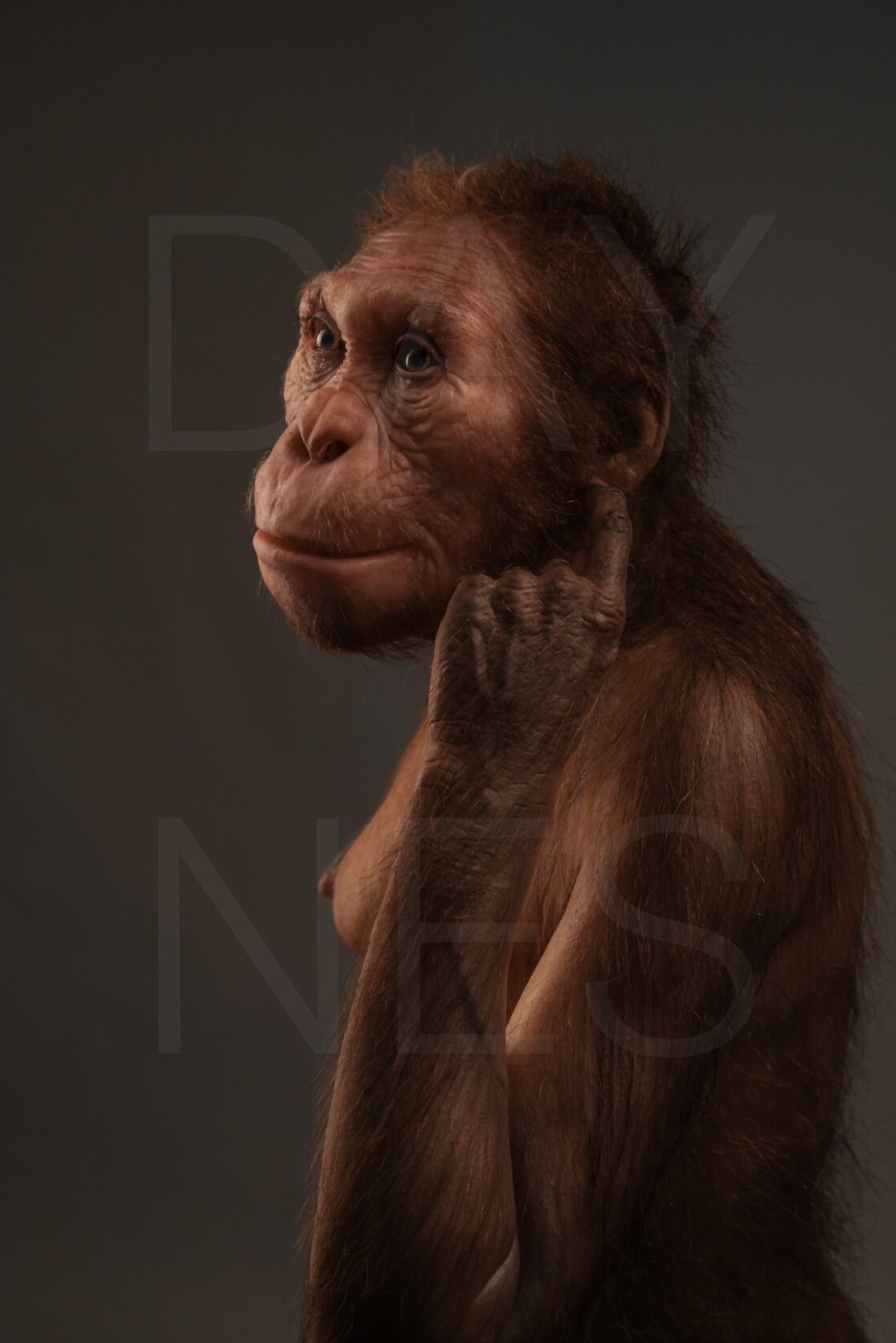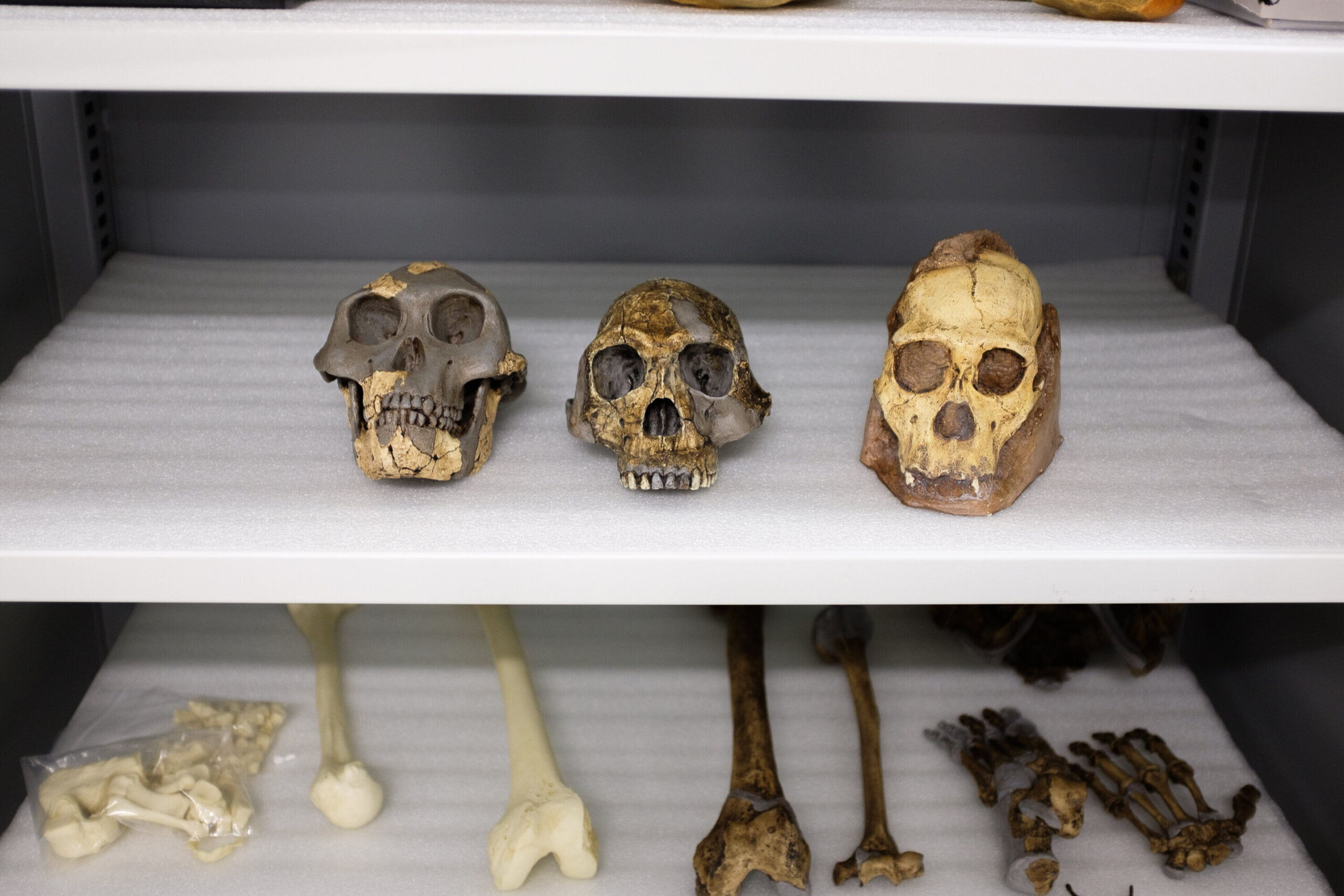Fossil Foot Hints at New Species Alongside Famous Hominin
The recent discovery of the Burtele foot in Eastern Africa has sparked excitement among researchers, offering new insights into the evolutionary history of early hominins. This remarkable find challenges previous notions that Australopithecus afarensis, famously represented by the fossil “Lucy,” was the sole hominin species inhabiting the Afar region of Ethiopia around 3.4 million years … Read more
